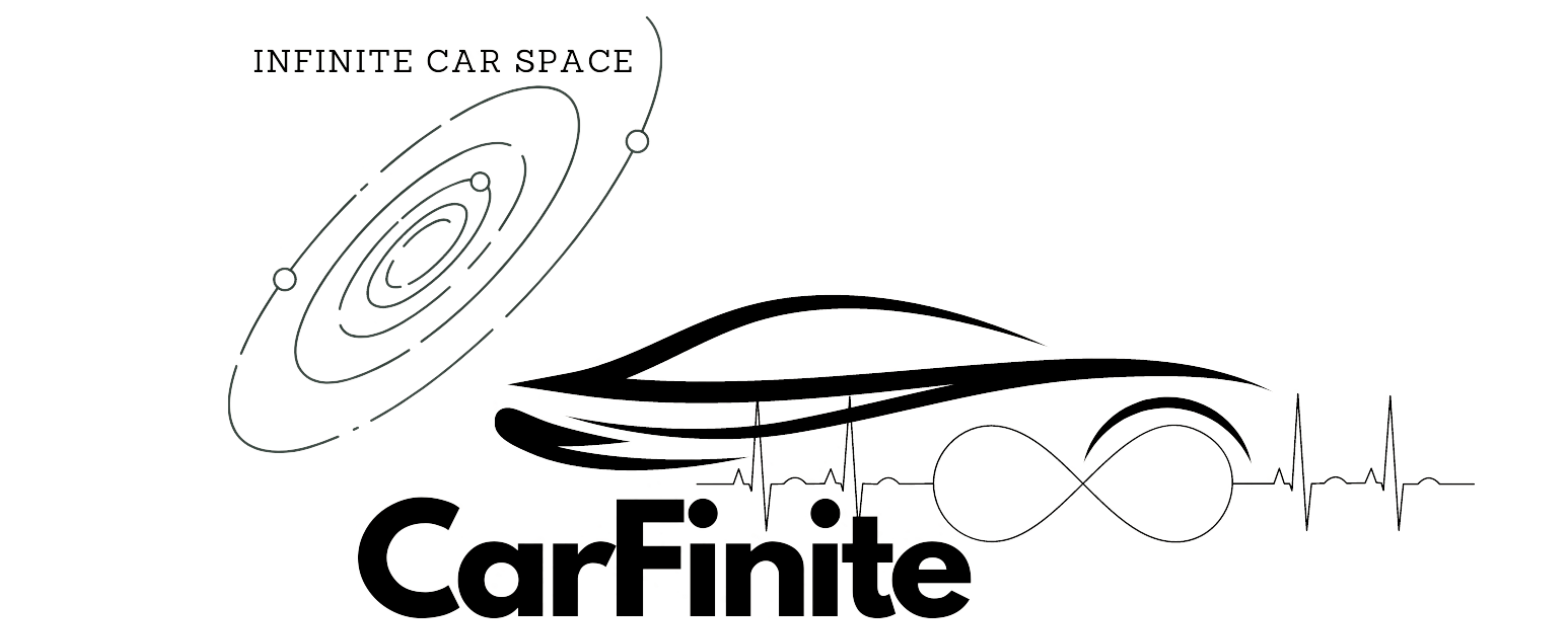If your engine’s timing belt is off by one tooth, realigning it is crucial to restore proper function and prevent damage. Getting the belt back in sync with the camshaft and crankshaft pulleys requires special tools and following some key steps.
This article will cover the necessary materials, detailed instructions, tips, and safety precautions for realigning a timing belt that has jumped one tooth.
The main topics discussed include an overview of the specialized tools needed like camshaft and crankshaft aligners, the step-by-step process for removal and installation, best practices for achieving proper belt tension and alignment, answers to common questions about single tooth timing belt jumps, and important safety reminders when servicing engine timing systems.
With some mechanical aptitude and the information provided here, you’ll be able to accurately diagnose a timing issue and correct it by refitting the belt to the correct tooth positions.
Tools and Materials Needed
- Timing belt kit – Contains the new timing belt and any accompanying components needed for replacement like tensioners or pulleys. Using a new belt ensures proper fitment.
- Camshaft alignment tool – Slips over the camshaft to hold it in the correct position during timing belt installation. This varies by vehicle make and model.
- Crankshaft alignment tool – Similar to the camshaft tool, it locates the crankshaft pulley at top dead center.
- Torque wrench – Used to tighten bolts and pulleys to manufacturer specs after aligning the timing belt. Improper torque can lead to slippage.
- Basic hand tools – Standard sockets, wrenches, pliers, and screwdrivers to access and remove components like covers or tensioners.

Steps to Fix a Timing Belt Off One Tooth
Step 1: Prepare the engine bay.
- Park the vehicle on level ground and set the parking brake to prevent rolling.
- Disconnect the negative battery cable to disable the electrical system and prevent accidental engine starts.
- Remove the timing belt cover to access the belt, camshaft, and crankshaft pulleys.
Step 2: Locate the timing marks.
- Check the camshaft and crankshaft pulleys for alignment marks, typically painted lines or notches.
- If the marks are not aligned, the belt has slipped. They must be realigned during installation.
Step 3: Loosen the timing belt tensioner.
- Use a socket or wrench to loosen the tensioner bolt and relieve pressure on the belt.
- Some tensioners are spring-loaded and do not require loosening. Consult a repair manual for specifics.
Step 4: Remove the timing belt completely.
- Slip the timing belt fully off the camshaft and crankshaft pulleys.
Step 5: Reinstall the timing belt.
- Verify the alignment marks on the pulleys are matched up. If not, rotate the crankshaft pulley using the alignment tool.
- Route the new timing belt over the pulleys per the manufacturer’s directions.
- Apply pressure with the tensioner and tighten it back to spec with a torque wrench.
Step 6: Replace the timing cover.
- Reinstall any components that were removed like the cover.
Step 7: Reconnect the negative battery cable and start the engine.
- With the timing realigned, the engine should function normally.
Tips for Fixing a Timing Belt Off One Tooth
- Consult the factory service manual for the proper timing procedure. Steps can vary across engine designs.
- Mark the direction of the timing belt before removal so it can be reinstalled the same way.
- Do not rotate camshafts or crankshafts independently. Only turn the system as an assembly to avoid damage.
- Always use a new timing belt kit for optimal results and to prevent premature failure.
- Check the condition of idler pulleys and tensioners while access is easy. Replace if worn.
Safety Precautions
- Allow the engine adequate time to cool before starting any repair. Engine components and oil may be hot.
- Disabling the ignition system is paramount. Set the parking brake and disconnect the battery to prevent accidental engine starts.
- Use jack stands if raising the vehicle. Do not rely on a jack alone. Chock the wheels and use the parking brake.
- Wear eye protection when working near belts and pulleys to prevent injuries.
Here is the YouTube video which is discussing our topic for your deep references.
What happens if a timing belt is one tooth off?
If the timing belt is off by even one tooth, it can throw off the precisely timed sequence of intake, compression, combustion, and exhaust strokes. This will lead to reduced engine performance, misfiring, and in severe cases, piston contact with valves causing catastrophic engine damage.
How does a timing belt jump a tooth?
A timing belt typically jumps position due to improper installation, inadequate tension, or wear over time. Lack of routine replacement leads to degraded belts that can slip as materials break down.
Does the number of teeth on a timing belt matter?
Yes, the number of teeth on the timing belt must exactly match the pulleys for proper alignment. Camshaft and crankshaft pulleys are designed specifically for a certain number of teeth. Using an unmatched belt can prevent precise timing.

John Smith, a Los Angeles-based car specialist and automotive writer, boasts over 20 years in the industry. With a background as a master technician and a decade-long writing stint at notable automotive publications, John now shares his expansive knowledge on CarFinite, simplifying car maintenance for readers.

